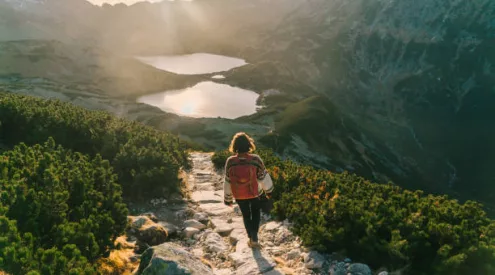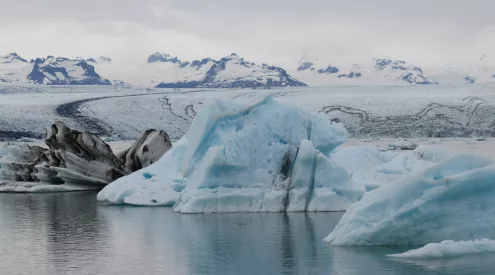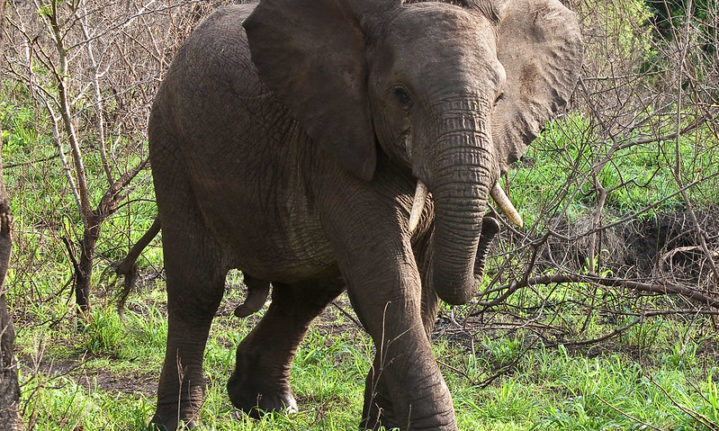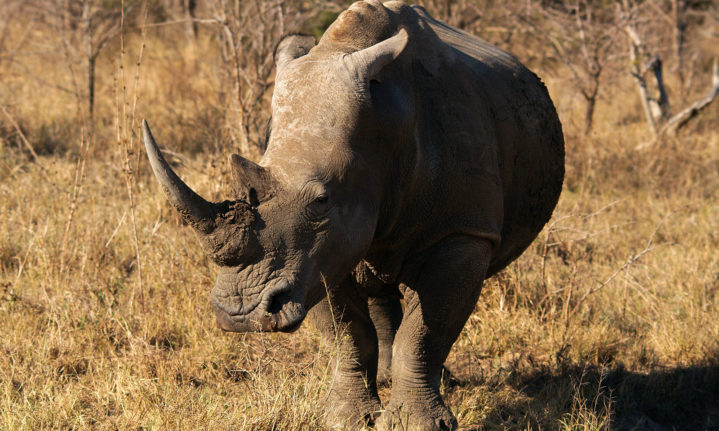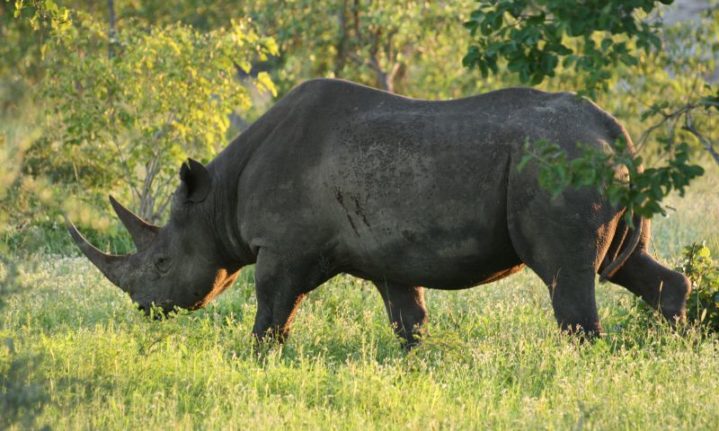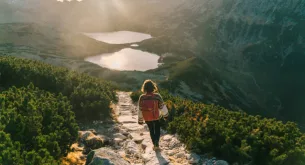World Wildlife Day (WWD) 2022 will be celebrated under the theme ‘recovering key species for ecosystem restoration.’ The aim is to draw attention to the conservation status of some of the most critically endangered species of wild fauna and flora and to open discussions toward imagining and implementing conservation solutions.
When did it start?
The Convention on the International Trade in Endangered Species of Wild Fauna and Flora (CITES) is a multilateral treaty to protect endangered plants and animals that was drafted in 1963 at a meeting of the members of the International Union for Conservation of Nature (IUCN).
To commemorate CITES’ day of signature a decade later, the UNGA proclaimed 3 March as UN World Wildlife Day; a day dedicated to the celebration and awareness of the world’s wild animals and plants.
Why is it important?
Data from the IUCN Red List of Threatened Species reveals that over 8400 species of wild fauna and flora are critically endangered, and nearly 30 000 are considered endangered or vulnerable. This suggests that more than a million species are threatened with extinction.
Continued loss of habitats, ecosystems, and species threatens all life on earth.
A comprehensive history on Africa’s poaching crisis
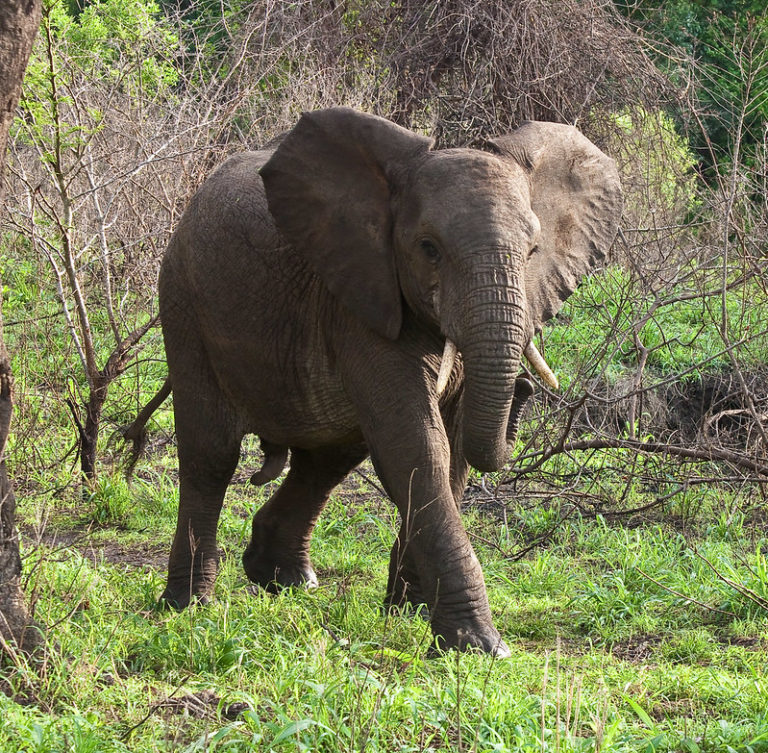
African elephant. Credit: Richard Towell/Flickr Commons
Poaching is rife in Africa, but where did it all begin?
Though the current crisis began in 2008, poaching has been around for centuries. Commercial poaching was an issue during the 1900s, but it was not at crisis levels.
This would change in the 1970s and ‘80s, and soon Africa’s elephant and rhino populations were being hunted to such an extent that they faced potential extinction.
After CITES came into effect with 80 signatories in 1973, several African animals, including the rhino, were among the initially protected animals. African elephants would later be added to that list, and poaching dropped dramatically.
The current crisis
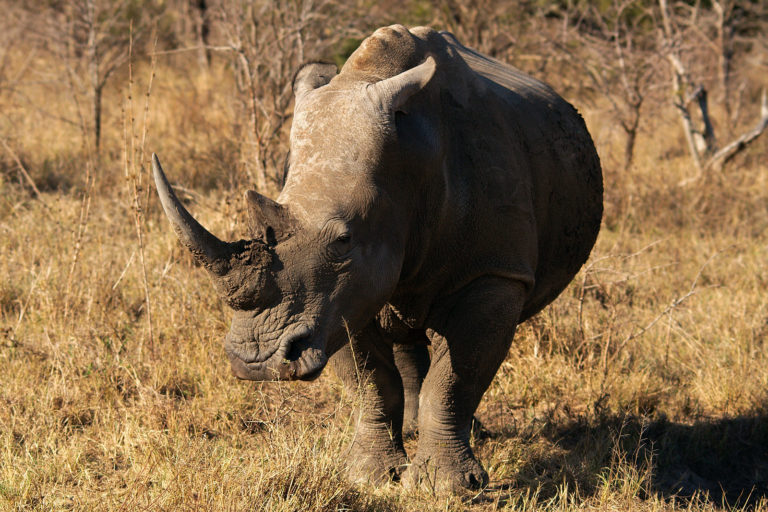
White rhino. Credit: H&T PhotoWalks/Flickr Commons
The current poaching crisis actually began in Zimbabwe in 2008. The combination of the difficult socio-economic and political climate at the time resulted in conditions that facilitated rhino poaching.
What started in Zimbabwe made its way down to South Africa; the home of the largest rhino population in the world.
Poaching in the South African context
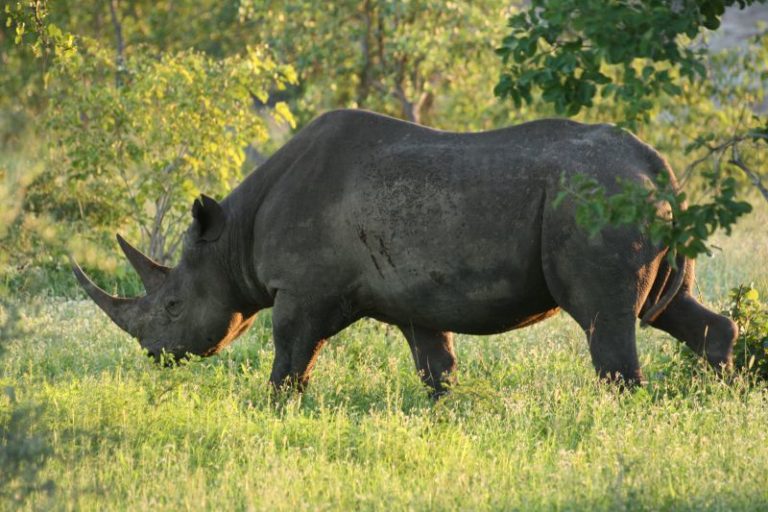
Black rhino. Credit: 5Particle/Flickr Commons
From its inception to 2014, South Africa witnessed an exponential spike in rhino poaching, increasing at a rate of more than 9000%. Poaching hit a peak of 1349 in 2015, with more than 1000 rhinos killed each year between 2013 and 2017.
Kruger National Park became the poaching hotspot, and numerous preventative measures were implemented. Despite this, Kruger’s rhino population has dropped by 60% since 2013.
In the last decade, it’s estimated that nearly 10 000 African rhinos have fallen victim to poaching.
The black rhino population suffered the most dramatic decline out of all the species. Between 1970 and 1993, the population of black rhino dropped by 96%, going from an estimated 65 000 to only 2300 surviving in the wild. Though the number has increased over the years, the South African government’s decision to allow 10 black rhinos to be hunted this year has been met with outcry from conservationists.
Following the hard lockdown of 2020, South Africa’s recorded poaching incidents were as low as 394. The decrease persisted into 2021. While this news is very welcome, it is not an indication that the rhino population is thriving, or stable enough. On average, a rhino is killed every 22 hours for its horn.
Conservationists and animal welfare experts have predicted that should the onslaught of poaching against rhinos not be stopped, African rhinos could face extinction within the next decade.
What can you do?
Get to know the species that face the most threat in your area. Support ongoing conservation initiatives, communities, or organisations by donating to their cause, such as One Land Love It.
Spread awareness of World Wildlife Day, and the conservation organisations in your area. Next to donating, spreading awareness and educating those around you is the best thing you can do.
While it may feel like you as an individual might not have much of an impact, every person counts. If you want to know more about how you can help wildlife conservation, visit the CITES website.
ALSO READ
How artificial intelligence is being used to stop poaching in Africa

